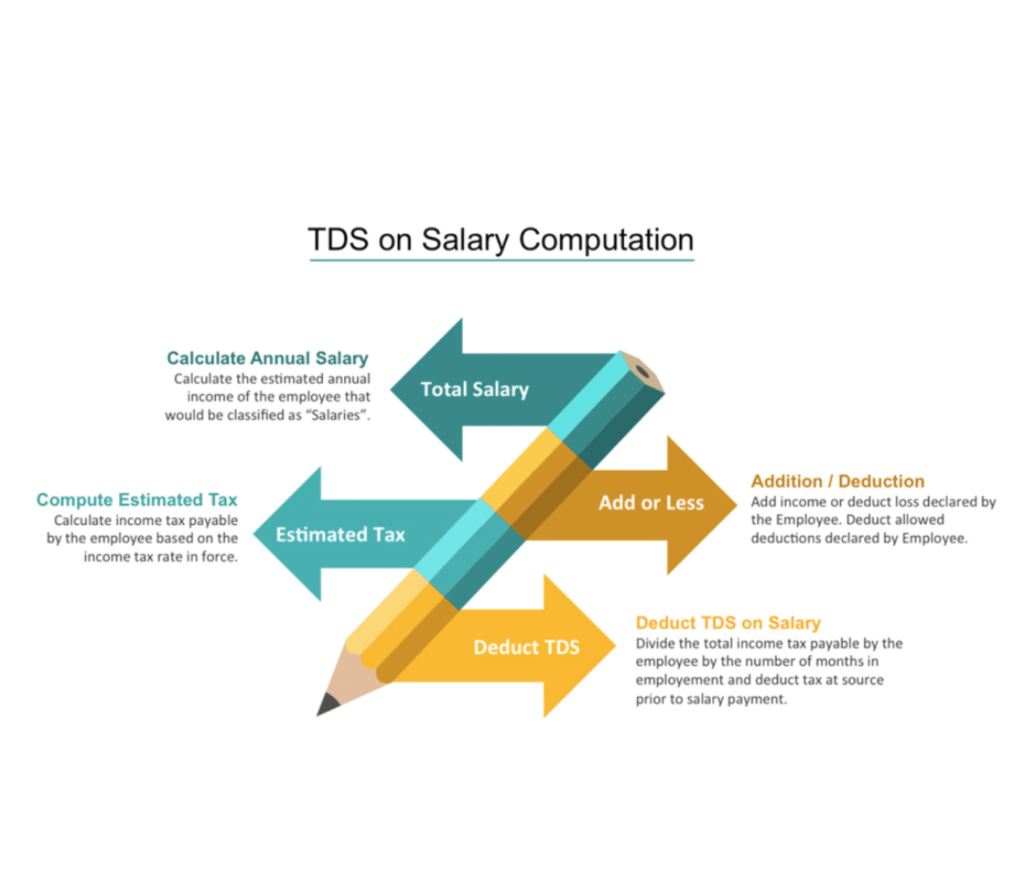TDS Computation
This course has been designed specifically to help you understand A comprehensive study of accounting principles and practices alongside tax regulations and compliance, designed to equip individuals with the skills to manage financial records and navigate tax laws effectively.
TDS Computation
Tax Deducted at Source (TDS) is a method of collecting income tax in India, whereby the payer deducts a specified amount from certain payments and remits it to the government on behalf of the payee. The primary objective of TDS is to collect tax at the source of income and ensure a steady revenue stream for the government. TDS is crucial for both the government and taxpayers, providing a method of timely tax collection and reducing the burden of lump-sum payments.
Legal Framework and GuidelinesThe legal framework for TDS is established under various sections of the Income Tax Act, 1961. Key sections include Section 192 (TDS on salaries), Section 194 (TDS on dividends), and Section 195 (TDS on payments to non-residents), among others. Additionally, the Central Board of Direct Taxes (CBDT) issues circulars and notifications to provide clarifications and updates on TDS regulations. An understanding of the current TDS rates and historical changes is essential for accurate computation.
Topics
- 1. TDS on salary.
- 2. TDS on other than salary.

